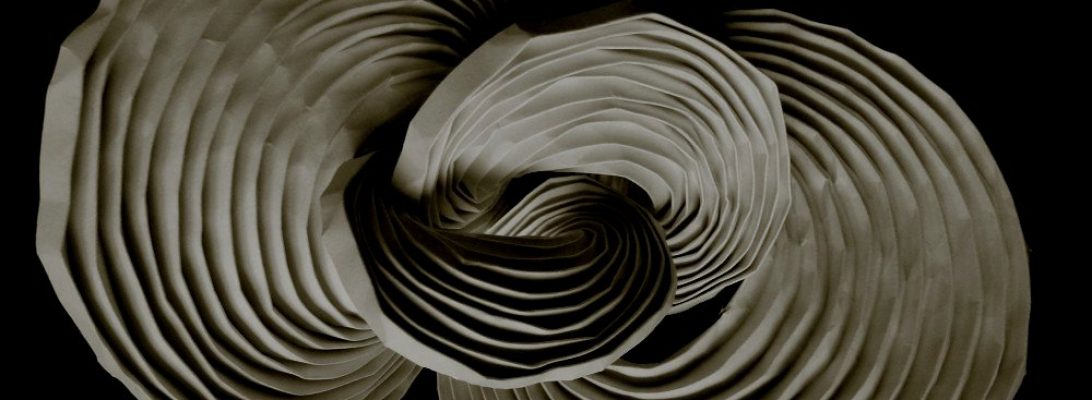I was cleaning some cooked Paper Mulberry (Broussonetia papyrifera) bark, scraping the outer layers that was outer bark and the remnants of the dried up fleshy parts of the plant, and a thought occurred to me. The residue was really fibrous – what would paper even look like made from this waste?
Given I had the time, equipment and curiosity to fuck around and find out, I hand-beat the residue, rinsed the pulpy mess until it was clean, and then divided the ball into 3, figuring (via guestimation) that 1/3 of the blob was enough to make an A3 sheet.

I took 1/3, added it to a bucket of water and agitated it vigorously to breakup and disperse the fiber uniformly through the water. Then, using a rectangular chinese food container, I gently ladled the really watery pulp onto my new A3 Mold and Deckle, in the lid of my new vat. Taking the time to distribute the fibre evenly and thinly. When all the fiber was gone, I couched the resultant sheet onto glass, then added some smooth poly-cotton sheeting material as a layer to isolate the sheet, then added a flanellette layer, another poly-cotton sheet material layer and then repeated the sheet formation process another 2 times.
Topped off the “post” with another layer of flannelette, and a top sheet of glass. Putting this sandwich on an angle to encourage the drips onto the floor drain, I then added a besser block to add firm squishing pressure, and left it to drip overnight. I must engineer a paper press that is more consistent.
Continue reading






